These scientists are always cooking up crazy stuff man. I’m glad this time around they are working on something that would be a complete game changer in these parts of the world – solar.
Don’t get me wrong, I love the folding phones and the other completely unnecessary but cool tech we see. However, solar means electricity and without that we can’t even appreciate the folding phones for example.
This is especially the case in Zimbabwe where we can’t really count on the state-owned power company to provide everyone with electricity. Even those of us lucky enough to be connected to the national grid still have to contend with power cuts.
It is no surprise then that our future is in solar. We found out from a ZIMSTAT survey last year that 31.7% of Zimbabwean households have solar as their primary source of electricity. On the ground, there are very few installed solar systems. It’s mostly rural families with a small lamp and tiny panel.
Then came the news that new houses being constructed now have to install solar geysers. Yes, that’s part of our renewable energy policy.
It is with this background that we look at the ‘newspaper’ solar cells.
Solar cells printed on paper
There are a number of teams working on printable solar cells. It’s been years since the concept was first explored but progress is being made now.
The team at MIT has “developed methods of depositing photovoltaic (PV) cells on sheets of ordinary paper and other inexpensive, lightweight, flexible materials.” PV cells are what we commonly call solar cells. They convert sunlight into electricity.
This team was able to print PV cells on tissue paper, printer paper, newsprint, textiles, and plastic food wrap. That is a humongous deal. If the PV cells can be printed on matissue (toilet paper) then they truly can be printed on anything.
Cost
By printing onto those cheap materials, this means lower cost panels. If you have looked into solar you will know just how expensive it all gets. We recently looked at the best solar system to buy in Zimbabwe and the final prices are not for the faint of heart.
The major component that makes solar panels expensive is actually the material on which the cells come on. The glass substrates used today cost over 1000 times more than paper.
Even the plastic solar panels will be much more expensive than paper. Those common plastic substrates cost over 100 times more than paper.
Using these other cheaper materials will result in much cheaper solar modules. See, the substrate costs constitute 25%-60% of total material costs in current solar modules.
Flexibility, durability, lightweight
Today’s solar panels are fragile because of their inflexibility. This limits their applications. The flexible solar panels can be used in clothing, luggage, curtains, etc. We could also get small rollable paper panels to keep in our wallets.
You know how long members of the white garment sects spend in the sun. Imagine if those garments doubled as solar panels. We could half the demand for electricity on the national grid.
The other benefit from flexibility and durability is transportability. Transport costs are another major cost driver for solar panels. However, with rollable and durable panels we would see massive transport cost savings. Leading to lower prices for the end consumer.
That’s not even mentioning that we would be able to take these panels to the remotest places without fear of damaging the panels en route.
How are they doing this?
It’s a bit too technical for non experts like myself but if you are so inclined, find out more about that here.
All I got is that they use vacuum chambers to vapour print anodes to the surface of the paper. We are familiar with vapour printing when it’s used to digitally print on clothes. So, apparently this is similar to how the MIT guys are printing PV cells onto paper.
After printing the anodes, they then use evaporative methods to deposit the remaining layers of the PV cells. Sounds simple enough and I totally understand what that means.
Again, if you want to understand the nitty gritties, visit here.
There’s work still to be done
This is not ready for the primetime just yet. There is still work to be done. One area that needs work is efficiency.
So far, these printed cells have a light-to-electricity conversion efficiency of only about 1%. Contrast that with the most efficient panels today that are in the 20-30% range.
However, the printable solar panel researchers are working on a new composition that they think will push efficiency to 4%. It doesn’t sound that impressive but they say when we factor in the low cost, these 4% efficient panels would still make sense.
In fact, even at 1% efficiency, they say their printed solar panels can power small electronic devices. So, we would still find them useful here in Zimbabwe.
Anyway, what do you think about all this? Do let us know in the comments below.
Also read:
The best solar system to buy in Zimbabwe
46% of Zimbabwean electricity users have solar as main source
New houses now required to have solar geysers: Our electricity problems are solved, right?



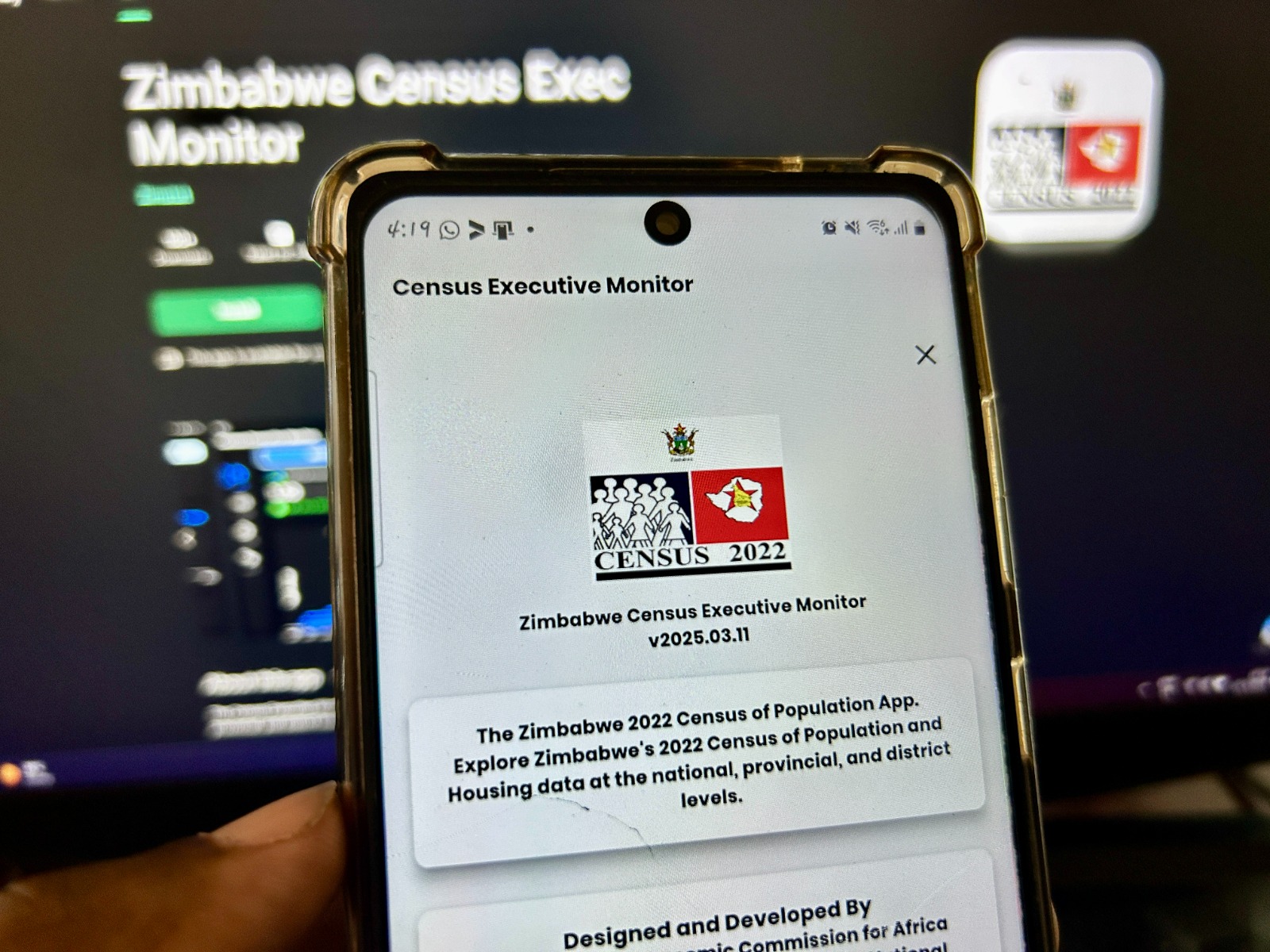

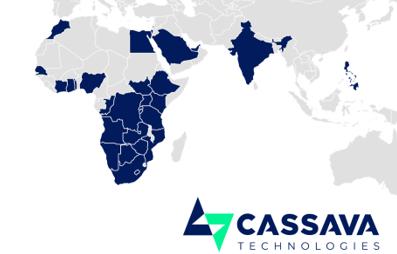

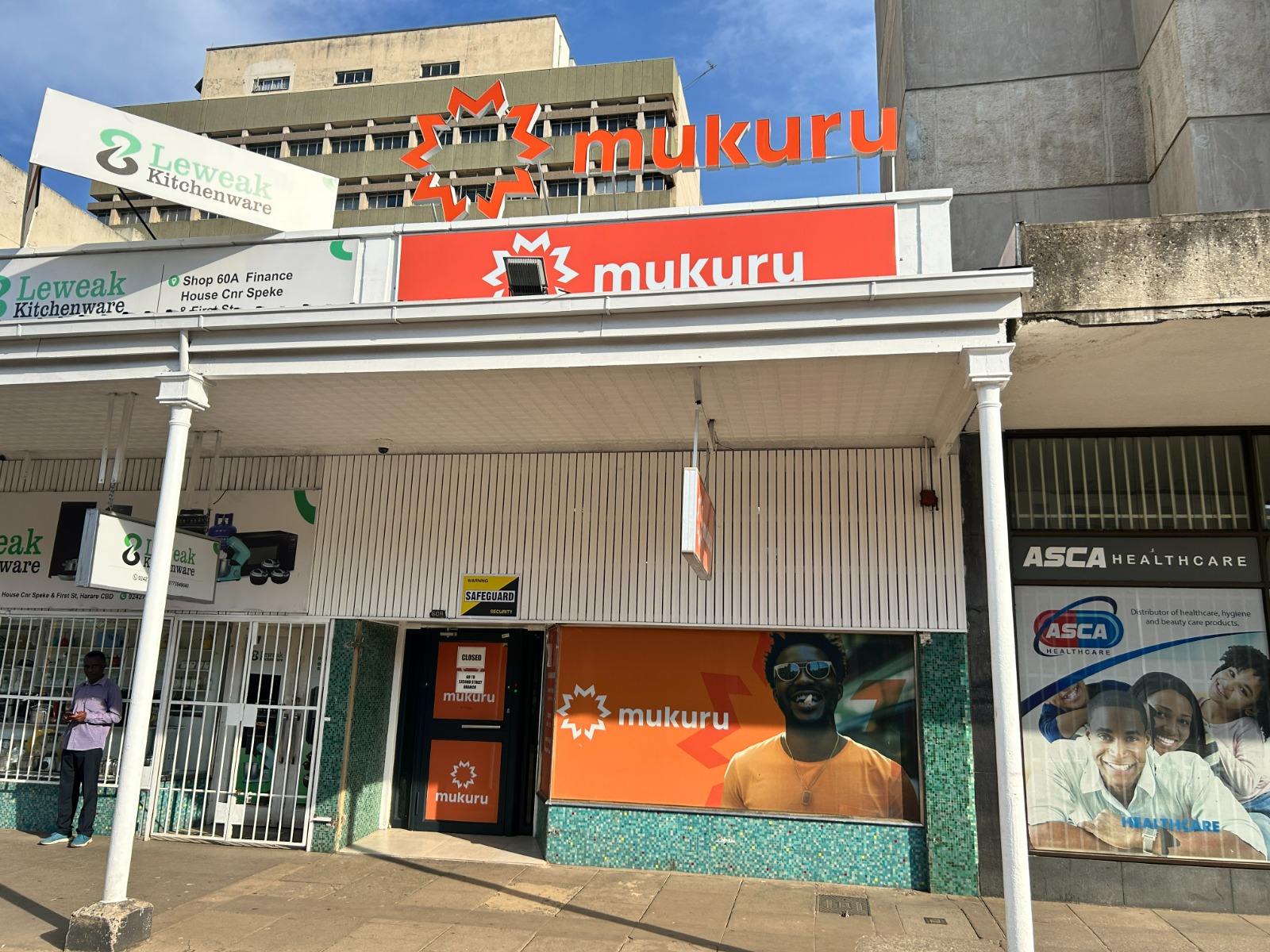
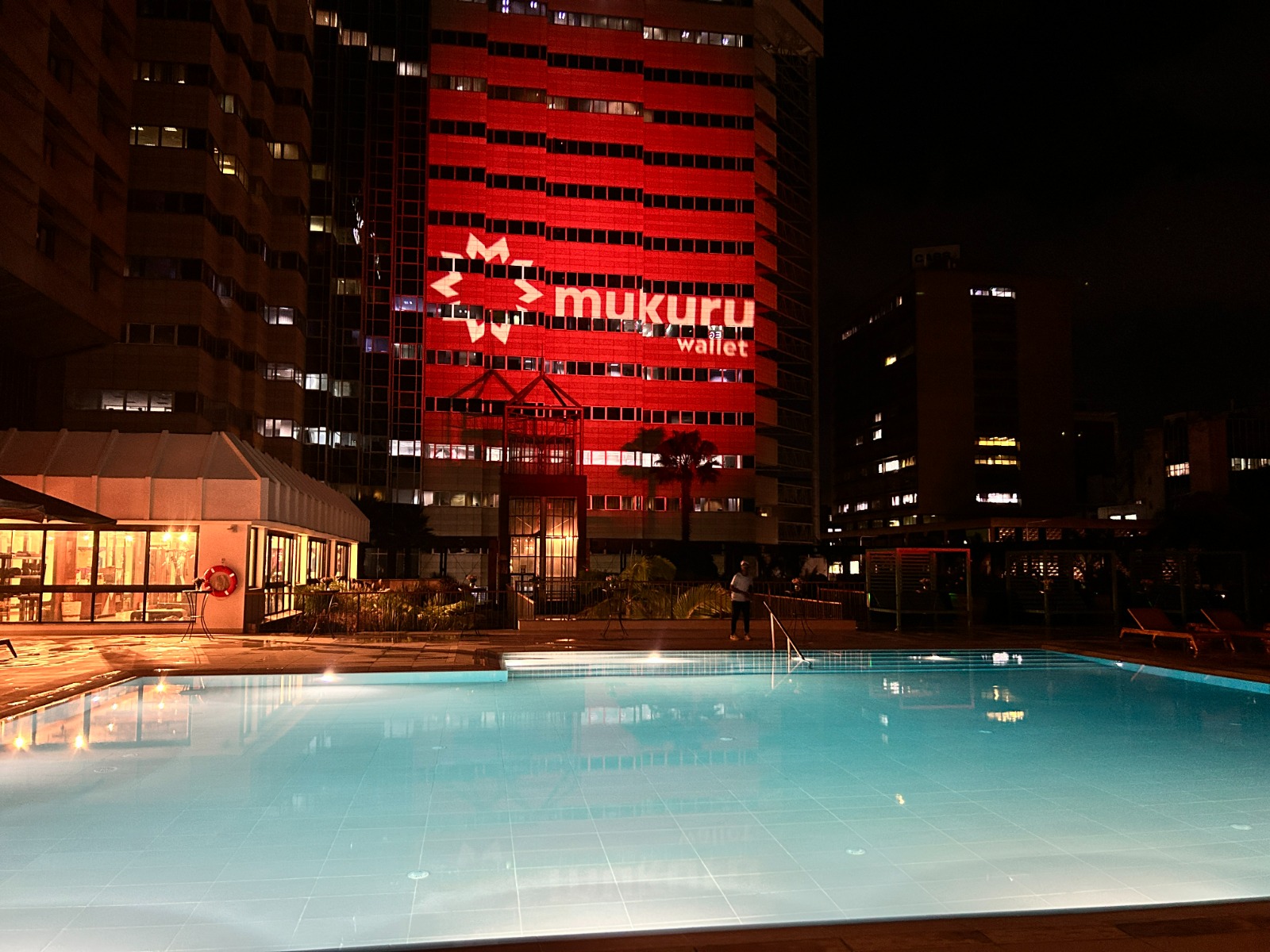

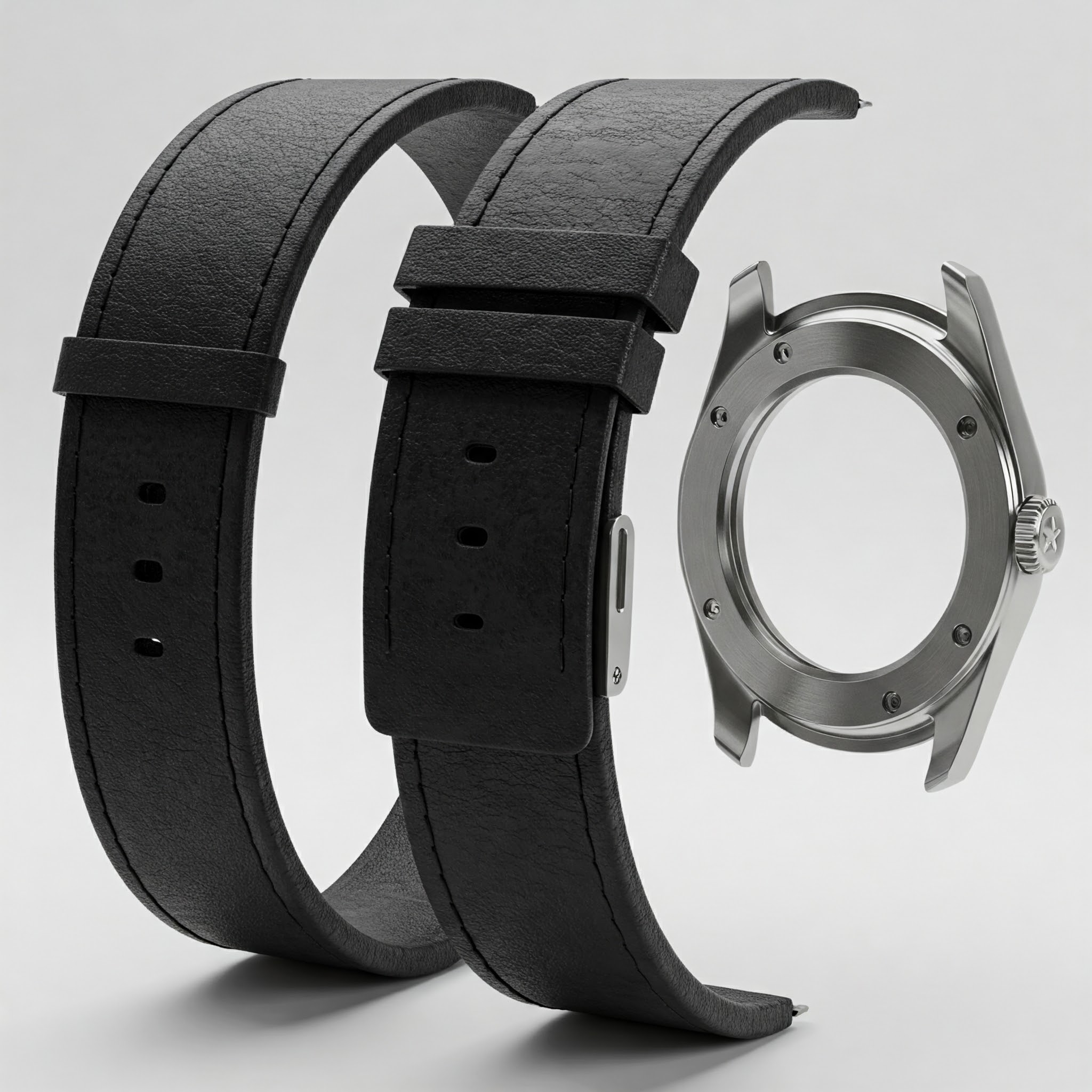



Comments
6 responses
Im a technician and I agree, understand and thank you for such stuff, but I will take it further for fun, quoting your statement. “You know how long members of the white garment sects spend in the sun.” Ha ha ha ha ☺️😉 l😆😄😃😀
After rainy season, new panels are required… ☔😂
Mukanonoka kua gadzira ma solar Aya, munotorerwa pfungwa kana business navamwe , itoitai mumapoteredze ne peflex sp inoitiswa ma signs.
These are just proof of concepts, they don’t mean it’s going to actually happen, kinda like a concept car.The purpose of the studies is usually to generate research grants.We probably won’t get to use these kinds of solar cells due a large number of issues one being reproducibility.It might be difficult to reproduce those cells on a large scale and ensure they are all good quality.
Also there better technologies than these cells eg tandem cell technology which can boost efficiency signicantly after all we don’t use them for their flexibility but we use them for their ability to generate electricity from the sun.
Wow amazing, technology we need